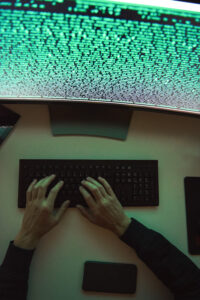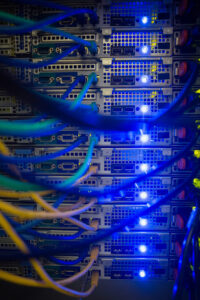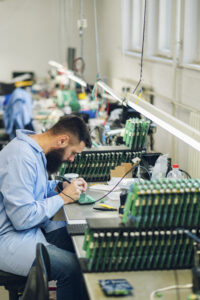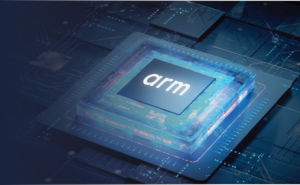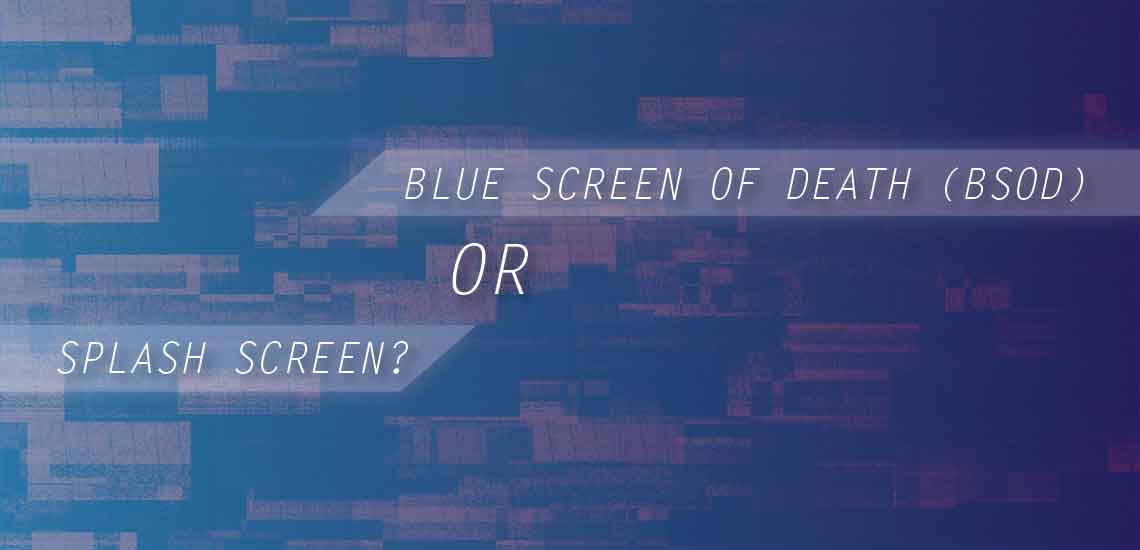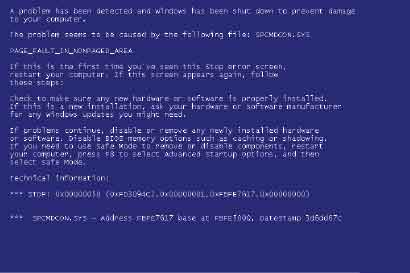
You have probably experienced this at least once in your lifetime. You’re casually using your computer, playing games, watching too much Netflix, surfing the internet to read the latest Buzzfeed articles and/or spending copious amounts of money online shopping. All of a sudden, the screen goes blue and the screen is filled with a series of messages talking about your system crash and maybe, just maybe, a weird sound comes screeching from your computer. You instinctively realize that this is a sign of trouble. Sadly, this is a sign that your computer has crashed, hence the Blue Screen of Death (BSOD).
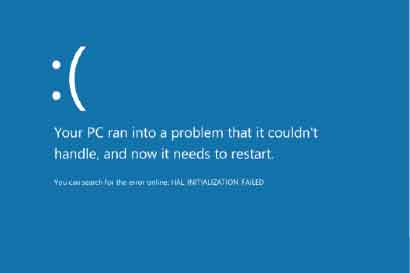
After recovering your computer (and from the mild trauma of first-timer’s experience with BSOD), you start wondering what exactly happened. When the BSOD appears on your screen, it’s a sign of a system crash, usually on the serious side. The blue screen indicates that the operating system is no longer working properly or safely and the hardware drivers are experiencing issues. Fortunately enough, although the name sounds a little misleading, the BSOD doesn’t necessarily mean that your computer has reached its end life. Luckily, the system will try to fix the problem for you by restarting the system and troubleshooting the issues. If the system isn’t able to do so, you can go through the “STOP Error” code (aka the messages on the screen) and identify what the problem is to fix it. The BSOD in the past was a simple blue screen with a series of long messages in white text. In the newer versions, Windows® has made the BSOD a little more aesthetically pleasing; however, it’s still something none of us want on our computer screens anytime soon, if ever.
BSOD should not be confused with a splash screen. A splash screen is essentially a welcome screen that pops up briefly in the earliest part of booting (and also during other things like when a game starts, the “splash” welcome screen shows up). Different companies have customized their screens and it usually has the company’s logo as well as some other tidbits such as the company name, web address, etc. AMI even offers a BIOS/UEFI utility called ChangeLogo, which allows OEMs to customize their splash logos with their company logos and any small logos that appear on the screen during POST. The splash screen is harmless; no need to worry when a splash screen comes up. All the splash screen is doing is welcoming you to whatever program, app or system you’re using and it’s what you see before your program/app/system is done loading!
Windows is a registered trademark of the Microsoft Corporation in the U.S. and/or other countries.

